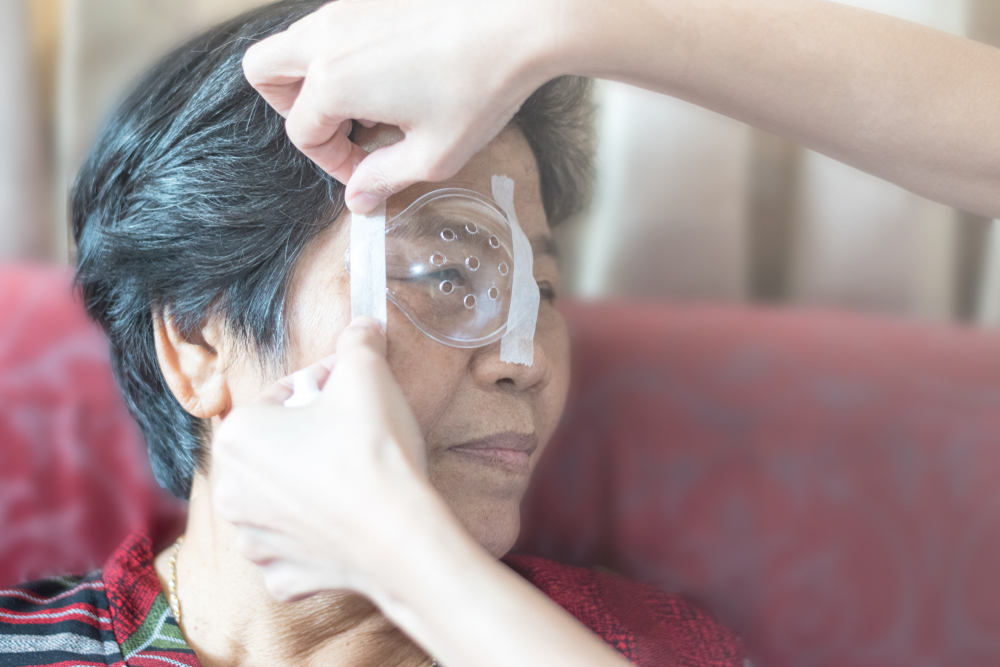
Cataract surgery has come a long way from its early beginnings to the advanced, life-changing procedure we know today. As one of the most commonly performed surgeries in the world, cataract surgery helps millions regain clear vision. Understanding the history and evolution of this procedure provides insight into the incredible strides made in ophthalmology over the centuries.
The Invention of Modern Cataract Surgery
The 18th century marked the birth of modern cataract surgery. In 1747, French surgeon Jacques Daviel performed the first documented successful cataract extraction. Daviel's method involved making an incision and removing the lens from the eye altogether, a significant improvement over couching, as it offered better visual outcomes. While groundbreaking, the procedure still lacked precision, and patients had to rely on thick corrective lenses to see after the surgery.
The Introduction of Intraocular Lenses
One of the most significant advancements in cataract surgery came in 1949 when British ophthalmologist Sir Harold Ridley introduced the concept of implanting an artificial lens, known as an intraocular lens (IOL), into the eye. Ridley observed that pilots who had suffered injuries involving glass fragments in their eyes experienced no harmful effects, leading him to explore the possibility of using a similar material to replace the natural lens.
The first IOL implantation was a success, revolutionizing cataract surgery. This innovation eliminated the need for thick glasses and allowed patients to regain near-normal vision. Over time, IOL designs and materials have greatly improved, providing patients with enhanced visual clarity and reducing complications.
Phacoemulsification: A Minimally Invasive Breakthrough
In 1967, American ophthalmologist Dr. Charles Kelman introduced phacoemulsification, a technique that transformed cataract surgery into a minimally invasive procedure. Phacoemulsification uses ultrasound technology to break up the cloudy lens into small fragments, which are then suctioned out of the eye. This method required only a tiny incision, reducing healing time and improving surgical outcomes.
With phacoemulsification, patients experienced faster recovery, fewer complications, and better visual results. This procedure remains the gold standard for cataract surgery today, though it has continued to evolve with technological advancements.
Laser-Assisted Cataract Surgery: The Latest Innovation
In recent years, laser technology has brought even more precision to cataract surgery. Laser-assisted cataract surgery uses a femtosecond laser to perform key steps of the surgery, such as creating the incision and breaking up the lens. This innovation enhances the accuracy and safety of the procedure, allowing for more predictable outcomes.
Additionally, modern intraocular lenses offer a range of options, including multifocal and toric lenses that correct for presbyopia and astigmatism. These advancements allow patients not only to restore clear vision but also to reduce or eliminate the need for glasses after surgery.
The Future of Cataract Surgery
The field of cataract surgery continues to evolve, with research focused on even less invasive techniques, improved intraocular lenses, and technologies like artificial intelligence (AI) to assist in precision during the procedure. These innovations hold the promise of making cataract surgery even safer, more effective, and personalized to each patient's unique needs.
Optimizing Your Vision with Cataract Surgery
From the crude methods of ancient times to today's high-tech, minimally invasive procedures, the evolution of cataract surgery is a testament to the incredible progress in the field of eye care. At Reeve Woods Eye Center, we are proud to offer the latest advancements in cataract surgery, ensuring that our patients receive the highest level of care and regain the gift of clear vision.
If you're experiencing symptoms of cataracts, schedule a consultation with Reeve Woods Eye Center to explore your options and learn more about how modern cataract surgery can transform your life. Contact our office in Chico, California, by calling (530) 317-EYES to book an appointment today.









